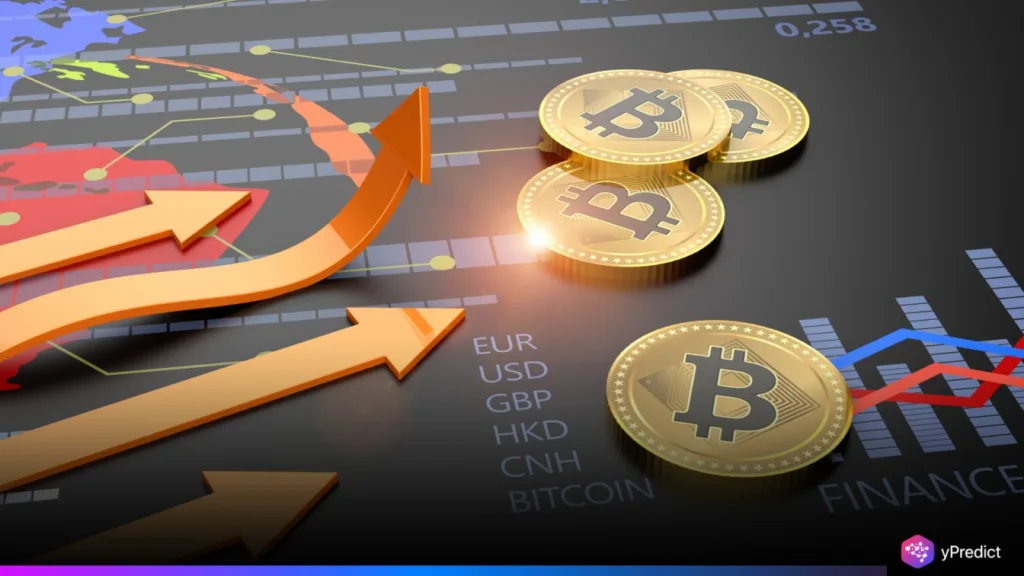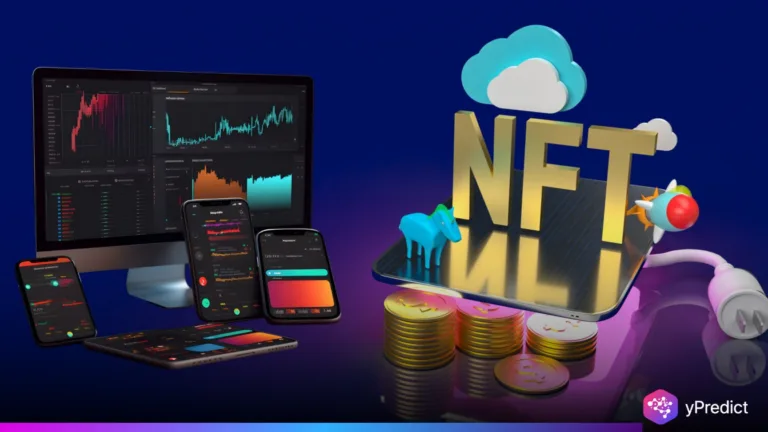
A fresh wave of AI-triggered speculation hit the crypto market on July 3, 2025, following an unverified claim of a 64% spike in crypto prices within one hour. The data lacked clarity and confirmation across major exchanges, but it quickly spread through influencer networks and AI trading channels. In parallel, Amazon Web Services released a new case study highlighting AWS XRP integration for real-time payments in emerging markets.
As automated sentiment analyzers and algorithmic bots picked up the news, XRP saw a sharp price surge, despite only moderate moves across the broader market. This kind of AI-driven reaction to mixed signals once again exposes how easily machine-led systems can amplify hype without verifying credibility.
Price Data Discrepancy Triggers AI Trades
The original claim of a 64% surge appeared across social media platforms early July 3. Yet no reliable trading platform or aggregator confirmed the movement. While Bitcoin rose 2.3% and Ethereum gained 6.3% in 24 hours, the one-hour spike was nowhere to be seen on verified charts. But the timing aligned with AI sentiment spikes, which fueled automated trading flows across altcoins.
This mismatch between real market data and speculative posts activated a large volume of AI-managed bots that mistook the signal for a real breakout. What followed was not investor-driven volume, but AI systems reacting to keyword clusters like “surge,” “XRP,” and “GET IN NOW.” This highlights the vulnerability of AI-based trading strategies to crypto manipulation through coordinated false signals.
AWS XRP Integration Pushes Valid Optimism
Separately, Amazon Web Services confirmed its XRP integration via a published case study. Ripple’s partnership enables real-time cross-border transactions for businesses in emerging markets using AWS infrastructure. The development is genuine and potentially impactful. However, it coincided too closely with the viral price pump narrative—leading to conflated headlines and speculative buying.
AI systems quickly indexed the case study as a bullish trigger. But many failed to distinguish the factual AWS announcement from the exaggerated market surge claims. The overlap created a perfect storm of automated optimism, showing again how AI models struggle to filter authentic utility from manipulative noise.
Influencer Signals Misguide Machine Logic
YouTube creators and Twitter influencers with large crypto audiences amplified XRP narratives immediately after the AWS news. Posts repeated phrases like “next 10x” and “real use case live now,” triggering widespread engagement. AI models tracking sentiment, engagement velocity, and repeated terms then flagged XRP as a trending buy candidate.
As shown in a 2022 Journal of Financial Economics study, sudden price surges often align with online influencer promotions. In this case, AI didn’t just follow the crowd—it became part of the amplification loop. The integration of AI into sentiment-based trading makes markets move faster, but also more recklessly when context is missing. Crypto manipulation becomes easier when machines can’t distinguish between hype and headlines.
AI Needs Better Filters as Regulators Watch
The XRP surge part fact, part fiction highlights a critical issue: AI trading tools remain poorly equipped to verify source quality. As keyword triggers evolve into full-fledged buy signals without verifying origin, AI accelerates misinformation-fueled volatility. Regulators have already flagged this pattern. When real news like the AWS XRP integration overlaps with misleading claims, investor harm escalates quickly especially with AI in the loop.
Systems that rely solely on engagement metrics and language frequency fall short in moments like this. The market’s increasing reliance on AI underscores the urgent need for better credibility filters. Until then, every real update like AWS enabling XRP payments runs the risk of being hijacked by noise. If crypto manipulation can still sway algorithms and fuel false rallies, the AI stack isn’t just reacting to trends. It’s helping create them.






